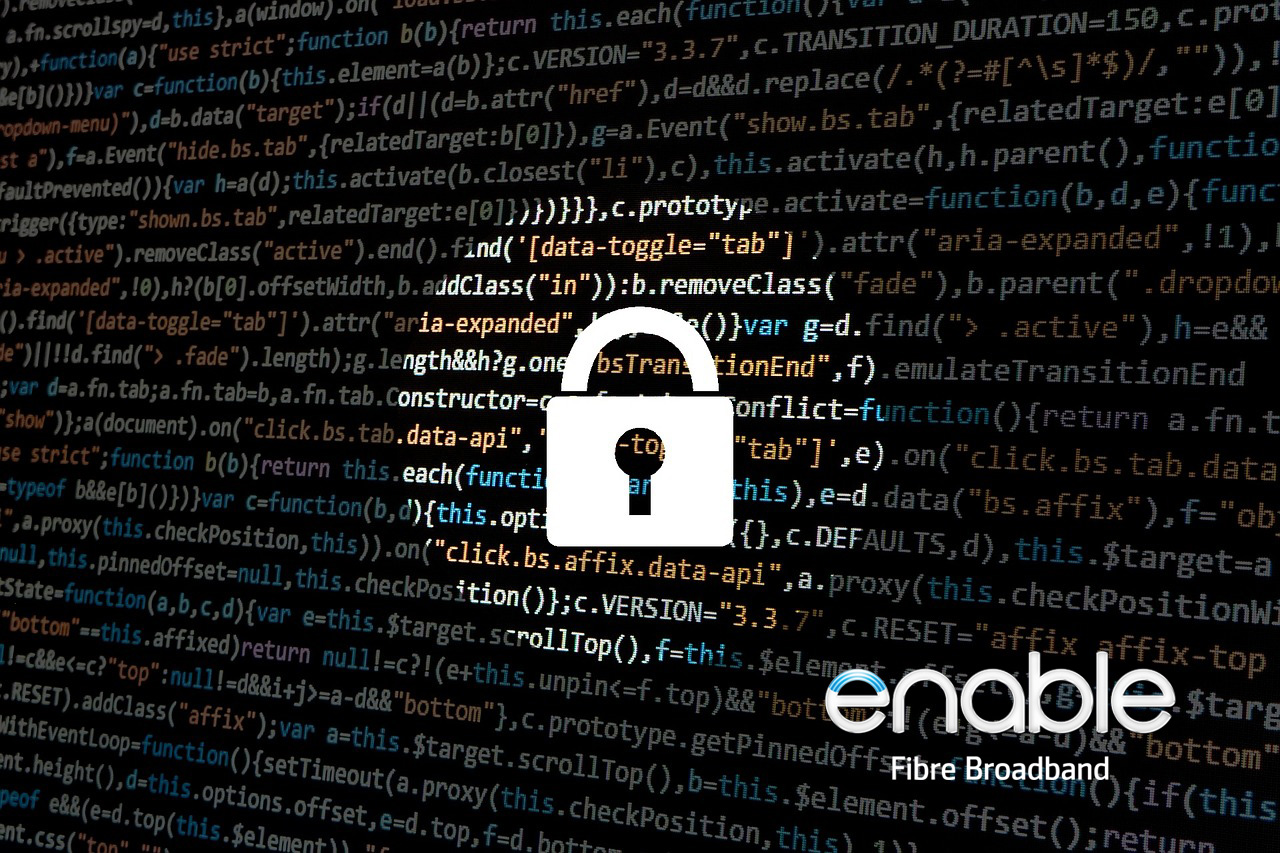Once you’ve placed an order for fibre broadband with your internet provider, they’ll ask us to contact you to arrange bringing our fibre network from the street into your home.
We’ll then contact you to begin the installation process. Exactly what’s involved in the installation process depends on your specific property – and we will work through this with you.
In saying that, for most properties we follow a three-step installation process: Plan, Build, Connect.
The first step, the Plan visit, is very important as this is where our planning technician will work with you to agree how we get the fibre cabling across your property and into your house. .
We get a number of questions about what the various fibre installation methods look like – so they are explained here.
Three methods
There are currently three methods Enable technicians use to bring fibre from the street to your property. There are several factors that affect which installation method is chosen. Enable will work with you to choose the installation method that will have the least disruption to your property, as well as the most practical and safest method.
There are several factors that dictate which method is best, such as going around trees, utilities, other structures, dwelling layout, neighbouring properties and ground and surface conditions.
The three methods available are:
- Fence line
- Slot cutting
- Trenching
We may use a mixture of methods to bring the cabling to your property.
1. Fence line
Fence line installation is the most common method of bringing fibre from the street to your property; this is because it’s quick, causes the least disruption and has minimal visual effects.
The extremely durable purpose-engineered cable is securely attached to the fence with screws along the fence line.
2. Slot cutting
This is when a very narrow cut (no more than 15mm wide and 25-35mm deep) is created in a hard surface (such as asphalt or concrete) using a concrete saw. The cut will follow an existing join, where possible.


Photo: Surface immediately after reinstatement (left) and two months after reinstatement (right)
3. Trenching
Trenching requires an excavator to trench a 200-500mm width channel to lay the cable. This is our least preferred installation method as it involves the most disruption and is most visually noticeable. This method is required in instances where the asphalt or concrete is of poor condition and can not be slot cut.
Trenching is required to install the network in council roading and footpaths because the cable is larger and requirements are different for public roading.

Fibre into your property.
All of the methods used, will result in our fibre duct being brought right to the exterior wall of your property. We will then fix an ETP (External Termination Point) to your property. The location of where the ETP is placed is agreed with the property owner before installation.




